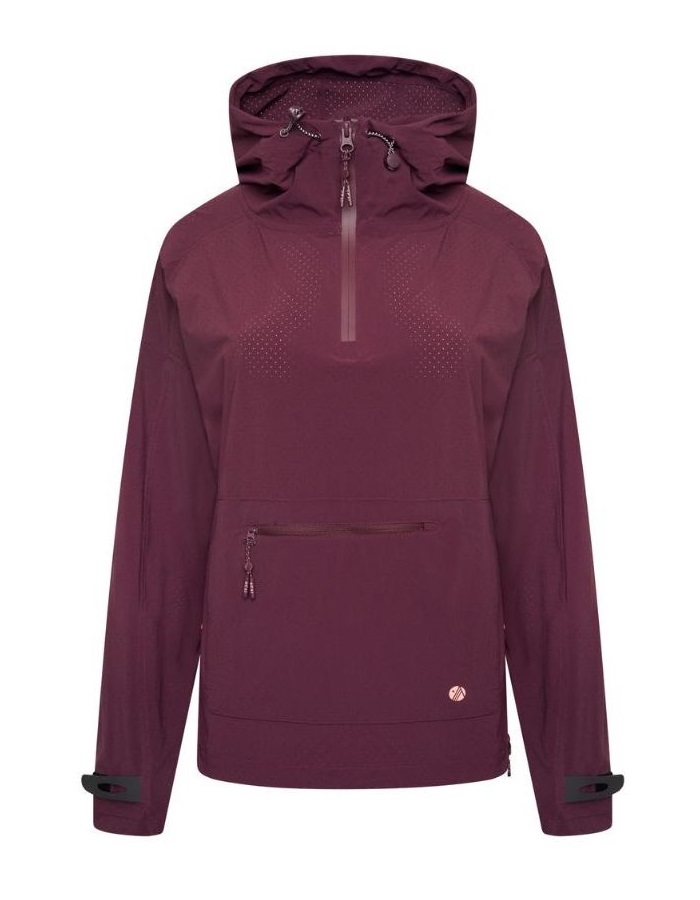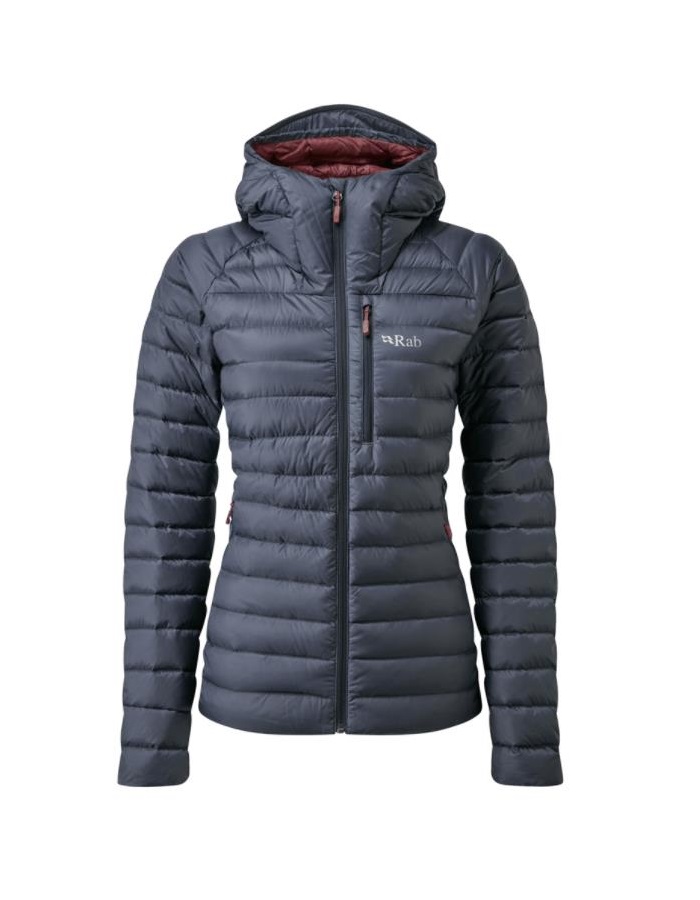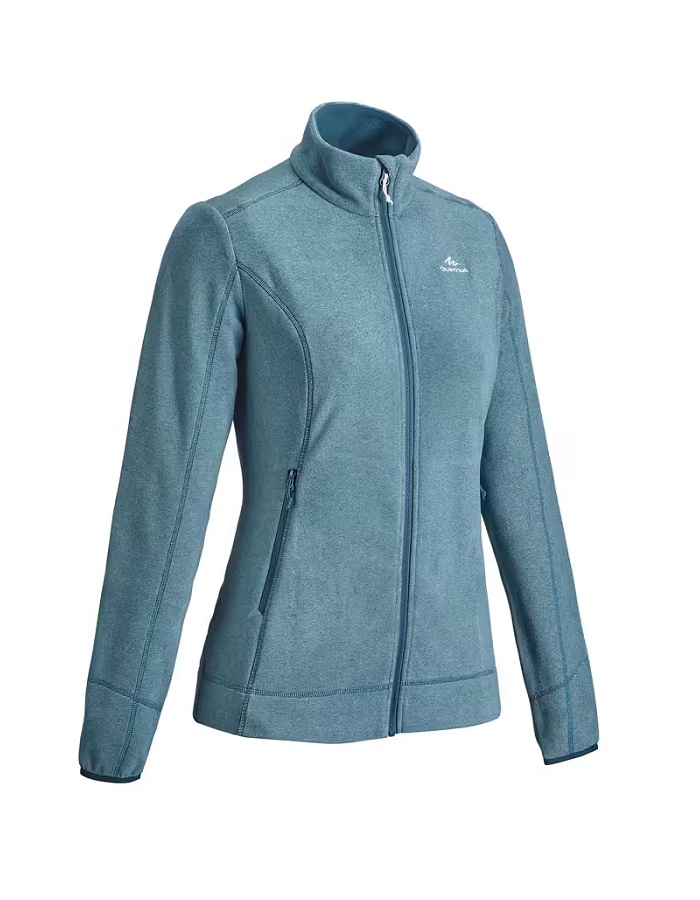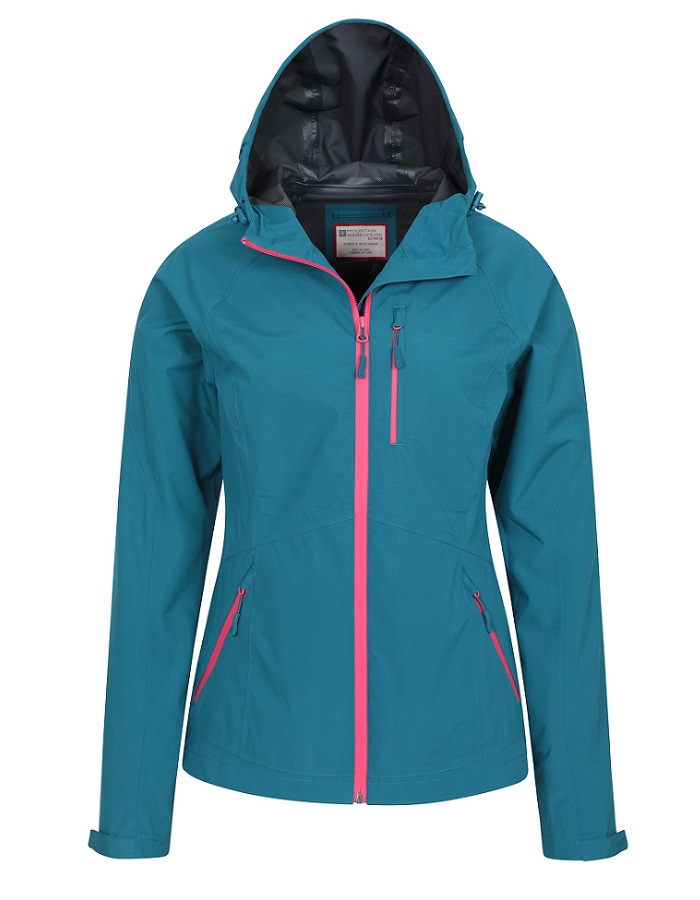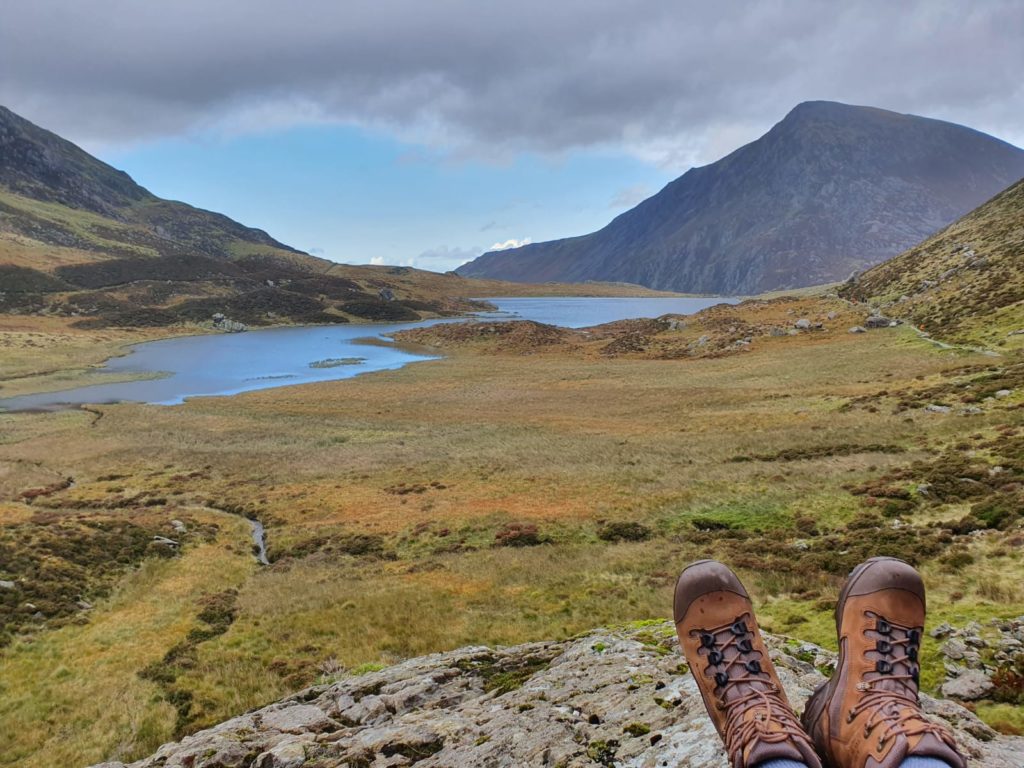
Whether your looking to increase your fitness levels or explore the outdoors, we’ve put together a beginners guide to hiking to help your plan for your adventure in the wilderness.
Choosing the best route
Determine your level and chose a route to suit your fitness, by all means aim high and push yourself, but be realistic! Hiking can be one of the most rewarding challenges to achieve, but setting out on a route before researching and matching it with your capabilities can be dangerous.
When researching a route check things like the total distance, difficulty, elevation points and most importantly the terrain.
Research & plan the route
Planning is key! Once you’ve decided on a route you need to research the area, check the postcode of the starting point and save a copy of the route to familiarise yourself with.
Check recent news stories about the area you are hiking, when I went hiking in Snowdonia recently there was a story about a couple getting lost and having to call for help to get off the mountain because they missed a turn (which apparently is really common on that mountain summit) so check for anything like this that you need to be aware of.
Check the weather
Yes this might seem like an obvious one, however most people make the mistake of checking the weather for the area and not the specific mountain. I’ve found the Met Office and Mountain forcast are the most accurate. When checking the weather search for the mountain namme as this will give you the weather at the top. Look at things such as:
- Wind gust
- Visibility
- Feels like temperature
- Humidity
- Sunrise / sunset times
If you’re a newbie hiker and have little knowledge of mountains and altitudes then you need to do your research. I hiked Cadair Idris in Snowonia National Park during the winter and although the weather seemed bright and clear at the bottom, the route up the summit changed from raining and windy, to frosty and foggy within seconds. During Autumn, Winter and Spring, you should be prepared for all weather conditions.
Time your route & allow extra
Most hiking routes can be found online with an average duration time, but this is just an estimate so allow for extra time if you’re not at peak fitness. Check the sunset time for the area and aim to finish at least 1 hour before, if you get lost or someone gets injured you don’t want to be trying to find your way in the dark.
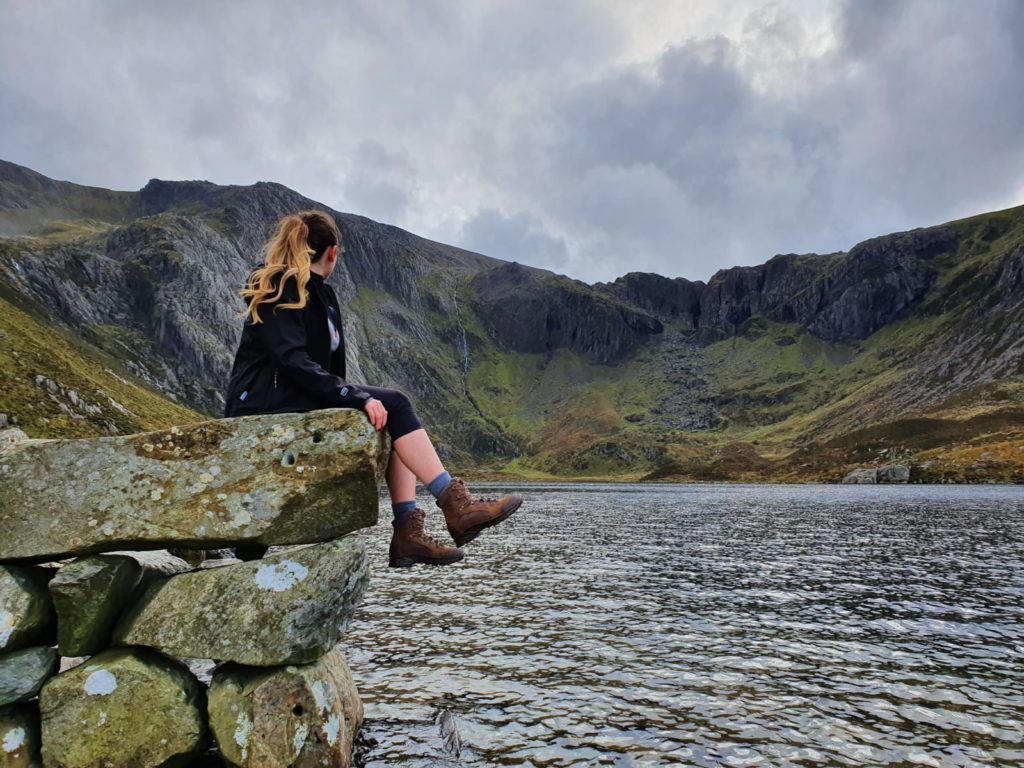
Choose the right Hiking Gear:
Be prepared for all weather conditions, especially in the colder months as the weather on mountains can be unpredictable. Choose hiking gear that will protect you against the elements, opt for waterproofs and insulated clothing and footwear. Laying is the best way to prepare for all conditions.
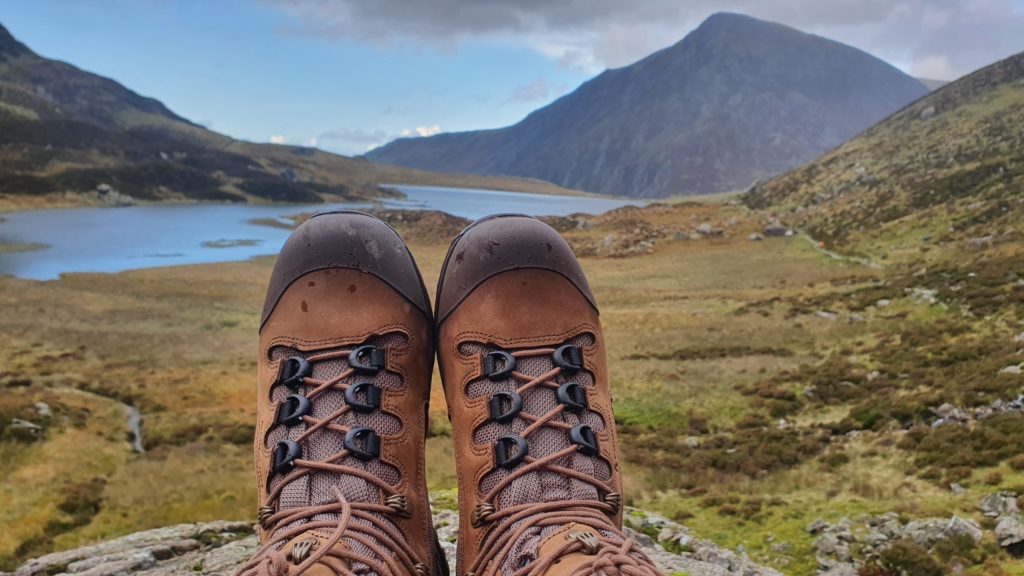
During Spring and Summer, carry extra layers in your bag incase you need them. Opt for lightweight waterproof clothing such as the ACAI is excited to announce The Showerproof Popover.
Invest in a pair of quality walking/hiking boots. Footwear is the most important item that you will need! Choose a pair of boots that are supportive, sturdy and provide your feet with significantly more protection. I personally prefer a higher rise boot as they protect your ankles when walking on uneven ground and make all the difference when you’re not worried about stepping over on your foot! There is nothing worse than trying to hobble down a mountain with an injury – trust me!
Check out this really useful guide to mountaineering boots if you’re unsure of what you need. Different types of routes and activitie require a specific type of boot.
Recommended hiking layers:
Take cash with you:
Not all car parks / shops etc in rural areas will have card payment metres, so check online to see how much you need for parking and take a little extra cash for emergencies.
Keep a change of clothes in the car:
When you finish your hike you’ll want dry clothes to change into, or at the very least different footwear. Your bound to either get muddy or wet on your hike, so be prepared. This will also avoid getting your car dirty! Also take a bag to put any muddy or wet gear in.
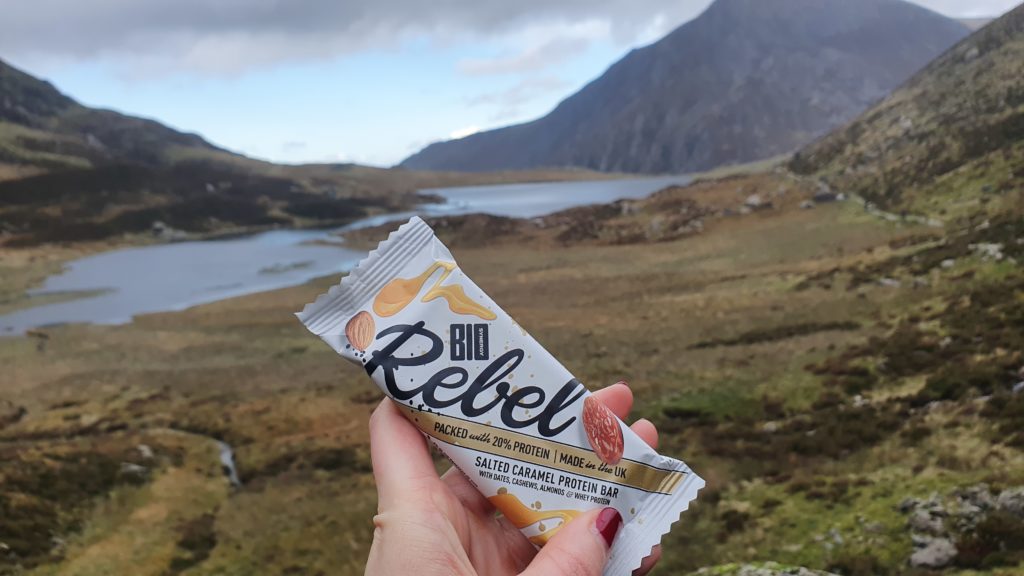
Fuel your hike
If you’re adventuring on a long hike make sure your fuel your body before heading off, have a decent breakfast with carbs and protein. Ensure you drink enough water the day before so you are hydrated and have an electrolyte filled drink in the morning. Pack water and snacks in your bag, if your energy levels drop or your hike takes longer than anticipated you’ll need something to refuel your body and give you a boost to carry on. Bio-Synergy Rebel protein bars are my absolute fav (the Vegan Salted Caramel) no artificial sweeteners, flavours or colours, and no added sugar, you can feel great about tucking into these 100% natural snack bars.
Hiking essentials checklist:
- Backpack
- Waterproof clothing and footwear
- Hiking / walking boots
- Extra layers of clothing
- High calories food
- Water / filter bottle
- Head torch (incase you find yourself in darkness or reduced visibility)
- Battery pack and charging lead
- Emergency phone (recommended for longer Winter hikes)
- Compass and map (if you know how to use one) if not then print off your route for emergencies

From scaling mountain peaks to savouring exotic flavours, I’m a passionate explorer with an insatiable appetite for adventure and good food. As an Outdoor Adventure and Travel Editor, I’m constantly seeking new experiences that ignite my senses and broaden my horizons. Through my blog, I share captivating travel tales, mountain-tested advice, healthy food inspiration, and training tips to empower fellow adventurers on their own journeys of discovery.
Follow Sam’s adventures on Instagram @sams_adventures_x
